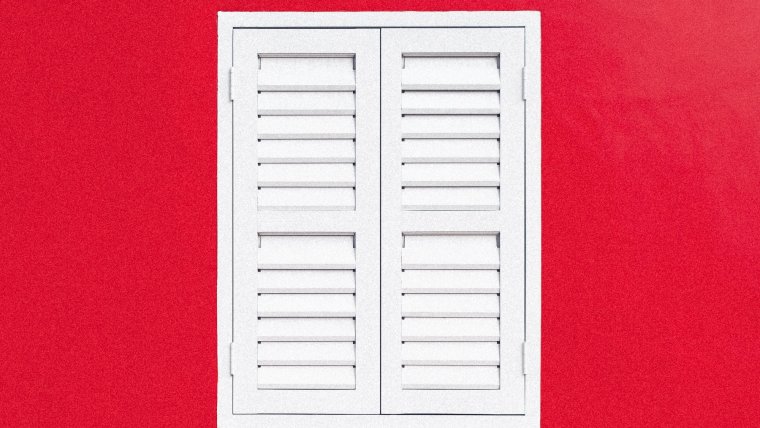
The idea of minimalism or becoming a minimalist has been a topic of conversation recently. This idea not only extends to photography but everyday life as well. Being a minimalist itself is a certain lifestyle that you adapt as you go along. The way you do everything such as traveling or even how you live changes to adjust to having less around you and only the necessities you need. Everyone can be a minimalist in their own way as we all live a different lifestyle and enjoy many different things. However, in today’s article, I will be sharing with you how we can apply this minimalistic lifestyle to our photography as well and create stunning minimalistic images. The concept of ‘less is more’ will become your new rule when composing shots in a minimalistic sense and begin your quest to becoming a great minimalist photographer. Let’s begin!
Table of Contents
One of the first tips to becoming a good minimalist photographer is learning how to compose your shots correctly. This does not necessarily mean that you were composing your shots incorrectly before but rather that you will be making a few changes to your style or habit in composition. Minimalism is all about simplicity and not cluttering your frame with too many elements that can be distracting to the viewer or yourself.
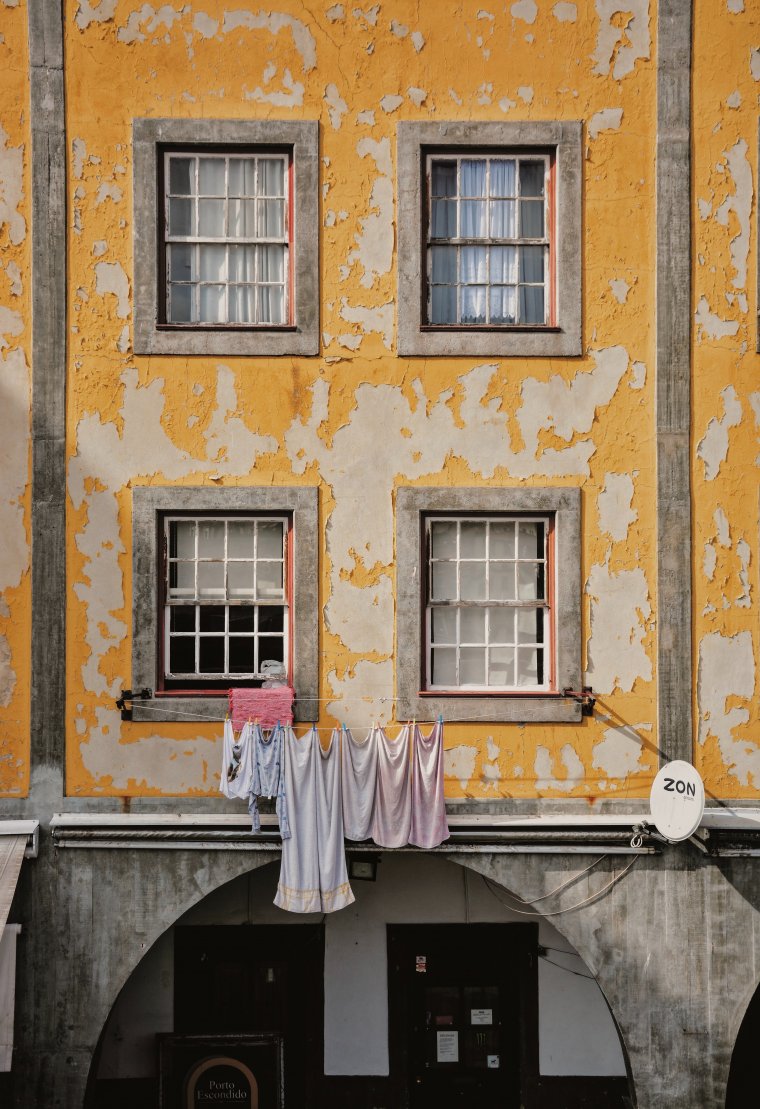
Don’t mistake simplicity for boring composition. Many people believe that having a minimalist approach to photography is boring and easy to do. However, this is where they’re completely wrong as composing shots in a minimalistic style take a lot more creativity that one thinks. You are no longer just bringing your camera up to your face to just snap a shot. You will find yourself carefully planning and considering what it is that will be in your frame and how you would like these things to be positioned within it. You will begin to ask yourself a series of questions before you even pull up your camera until you naturally start to see things as a true minimalist.
Colors also play a huge part in achieving a minimalist effect through your images. You generally want to look for bright or contrasting colors within your frame that will stand out once you add the right amount of contrast when editing. The colors don’t have to be extremely bright but bright enough that they all work well with each other. I usually recommend not having too many variations in color as this can also be distracting and take away from the simplicity of the image. It is also good to consider adding some texture to your shot to help improve the visual appeal of lines and other elements.
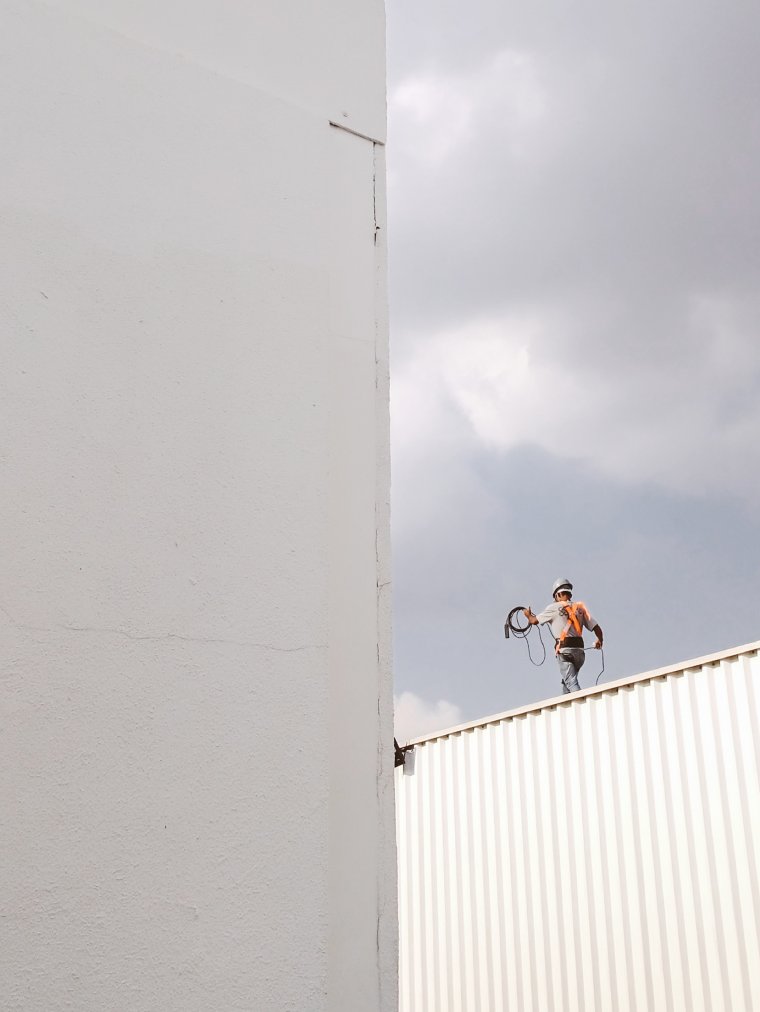
Speaking of using lines to create visual appeal brings me to my next tip of using lines and patterns correctly. Once lines or patterns are used in the right way when composing a minimalistic shot it can really add an extra layer of creativity. However, remember to keep it simple and not use too much as it can go from minimalistic to confusing and chaotic very quickly.
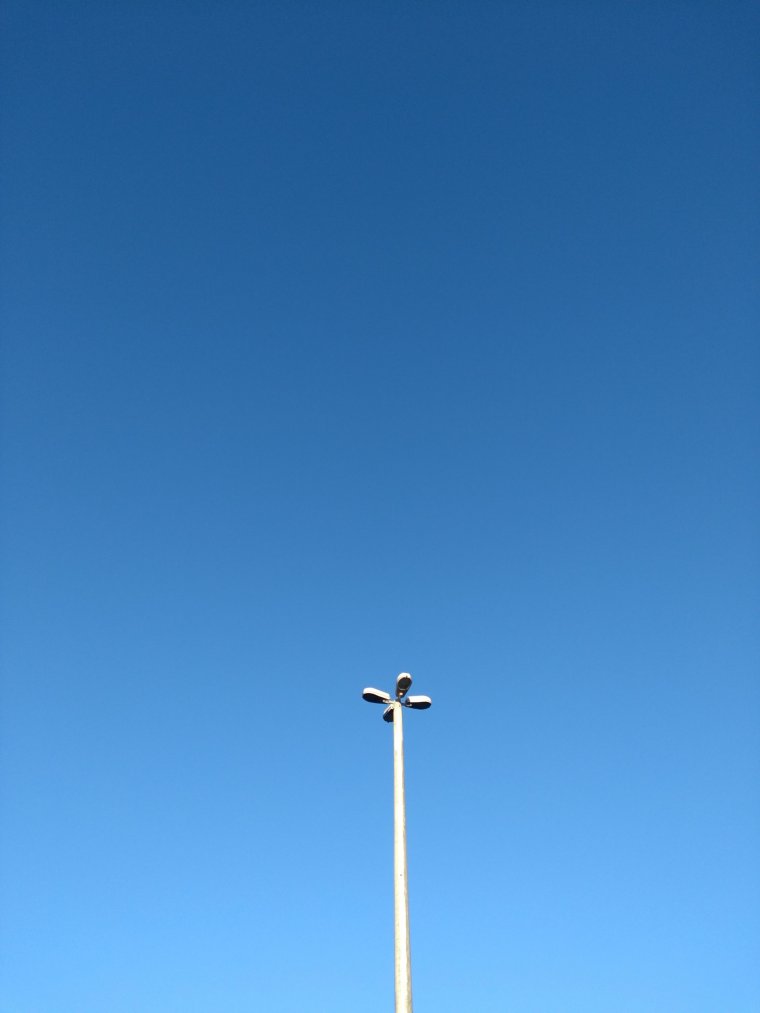
Using negative space to your advantage is a huge part of minimalistic photography as it helps with many things. One of those things is placing emphasis on the subject in your shot. A lot of negative space allows your subject to shine no matter what and enhances the isolation of that subject as well. When trying to achieve negative space, remember that this does not mean to angle your camera in a specific direction nor does it mean always following the rule of third. Achieving negative space allows less clutter to be in your image and more dramatic compositions.
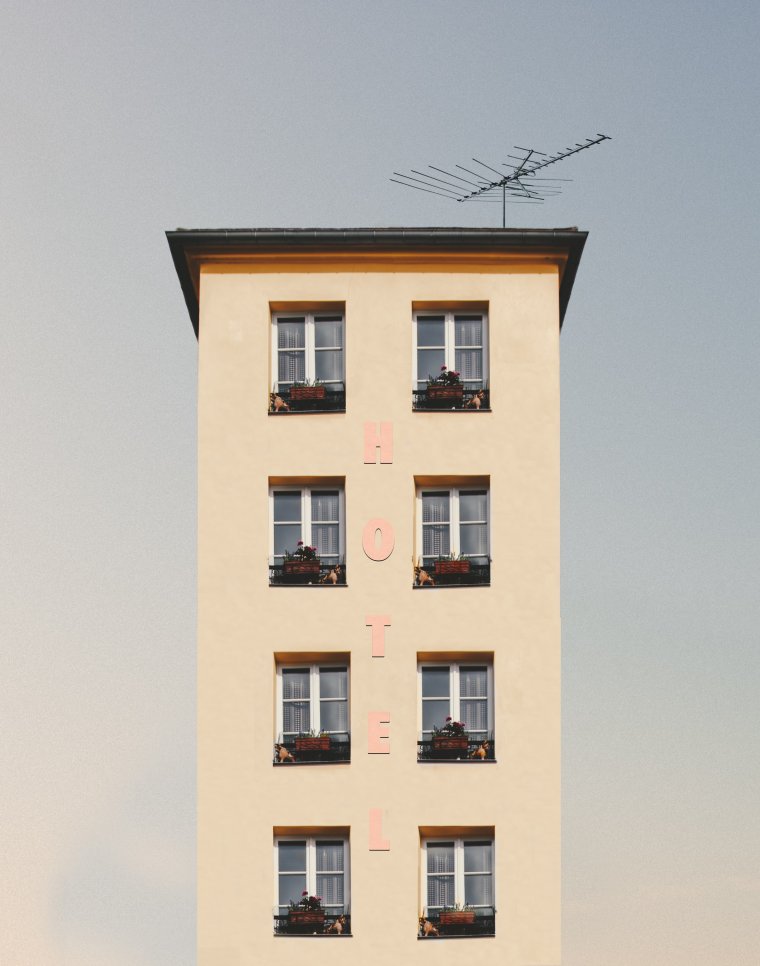
Practicing minimalism in photography does not stop when you’ve put your camera back in your camera bag but it also extends to when you’re editing as well. A lot like how you’ve shot on camera, you want to keep your edits simple as well. I know as photographers we can sometimes get carried away wanting to improve everything in our shot to make it perfect but from time to time imperfection is perfection. Try to avoid highly saturating your images, adding too much contrast or doing intense color corrections. Keep these things to a minimum as much as possible to stay within the borders of a simplistic look. It always helps to add things such as grain to your shots because emulates a little bit of a film look which also adds to the style of minimalistic photography.
I truly hope some of these simple but useful tips have been a great help in assisting you to practice and become better and minimalism in photography. It’s always a pleasure to share these simple tips with you guys and I look forward to seeing you again.
Comments (0)
There are no comments yet.